This Human
A book that takes formalisation in a completely different direction. Trying to take the perspective of empathy and how to think and be in their practice of design.

A book that takes formalisation in a completely different direction. Trying to take the perspective of empathy and how to think and be in their practice of design.
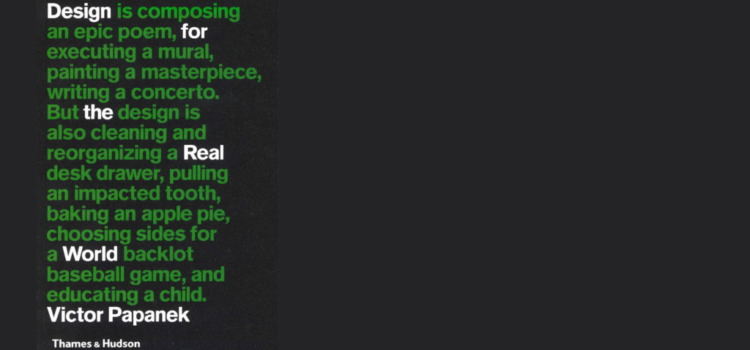
First published in 1971, Victor Papanek’s lively and instructive guide shows how design can reduce pollution, overcrowding, starvation, obsolescence and other modern ills.
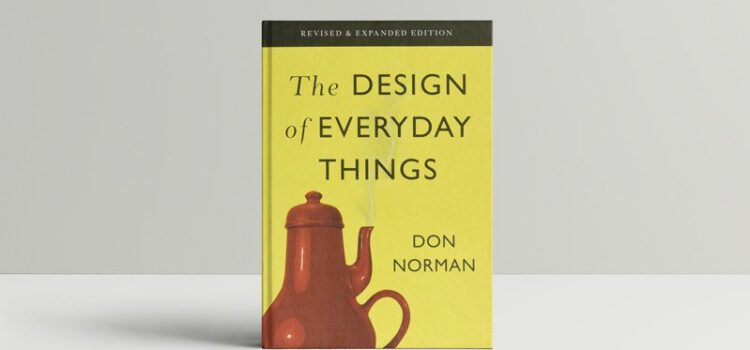
Donald Norman’s design classic – the bible on the cognitive aspects of design, containing examples of both good and bad design and simple rules that designers can use to improve the usability of objects.

Craig Martin’s book illuminates the “development of containerization”- including design history, standardization, aesthetics, and a surprising speculative discussion of the futurity of shipping containers.

The entire Design for Real World. You can read chapter 1 as enriching material.
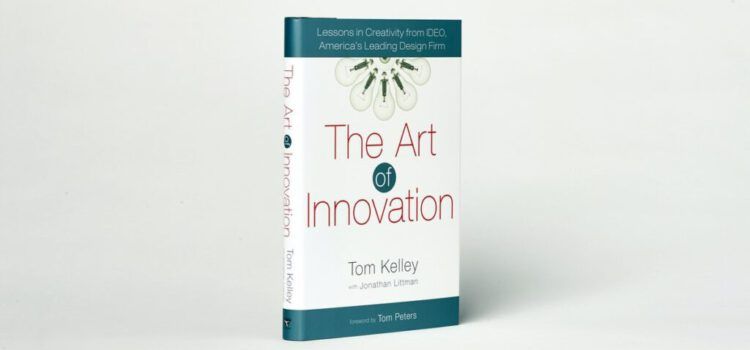
Partner of IDEO, Tom Kelley, tells about their way of working behind the scenes: leading to both big successes and joyful failures.
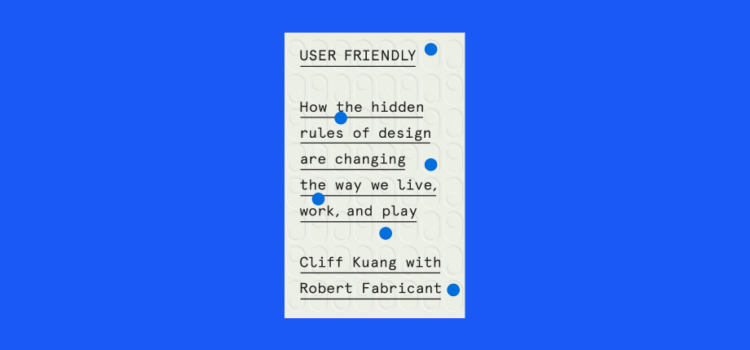
Cliff Kuang and Robert Fabricant reveal the untold story of a paradigm that quietly rules our modern lives: the assumption that machines should anticipate what we need.
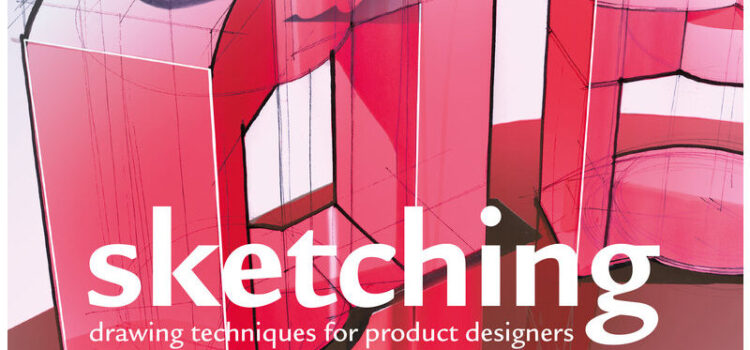
This book by Koos Eissen and Roselien Steur covers essential sketching techniques for product designers. The drawing techniques from this book are taught at this faculty and are also part of a formalisation and visual vocabulary that is very influential in our faculty.

Read about two design process models from the Delft Design Guide – known by most students as the IDE Bible (treat it accordingly). We assume you have bought this book for Design Project 1, we suggest reading these two pages (and optionally the spread before and after it) to get an idea of the formalisation of design from the IDE TU Delft perspective.
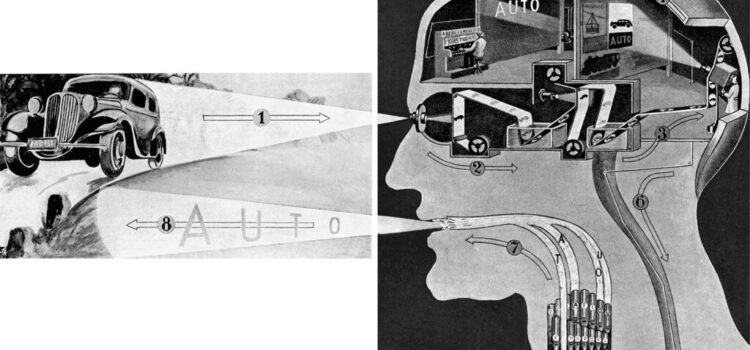
Another excerpt from the Delft Design Guide. Only the synectics spread is mandatory material, but also take a look at the other spreads in the enriching section.